Can Light Orbit A Black Hole?
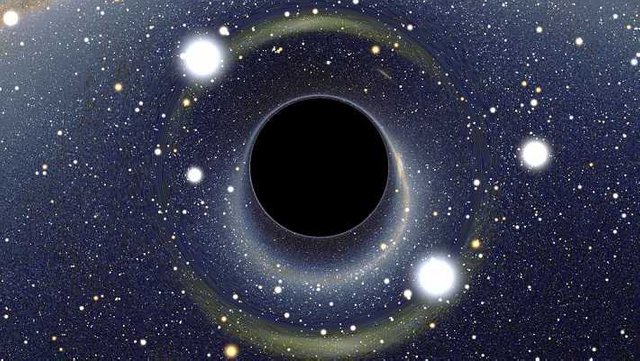
First lets talk about gravity, and how it bends spacetime as described in general relativity. All objects with mass bend space and time relative to their mass. You, me, Earth, the Sun all do so. Of course we are so tiny it is hardly anything. But something with a large enough mass will exert an increasing gravity field.

Now light follows the curve of spacetime. So if something bends that spacetime, like a star or a galaxy, light will stay at the same speed but it will follow along that curve and be bent. This effect is gravitational lensing, and when it is curved far enough around it is called an Einstein Ring.
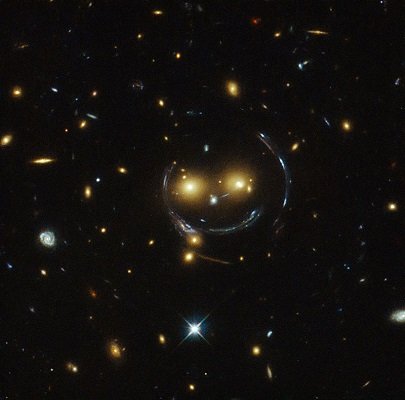
Fun fact, Einstein calculated that our Sun bends light such that it will converge to a focal point about 542 AU away. This lensing effect is the same as any other lens, if we were at this distance away objects on the other side of the sun would be magnified. This could be used in the future to look even deeper into the universe.
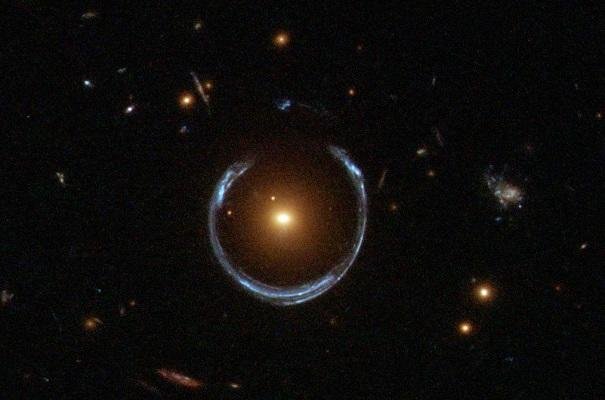
Einstein correctly calculated the value for light bending in 1915, expanding upon a theory supposed by Sir Isaac Newton in 1704. He proved it during a total solar eclipse in Brazil in 1919. It took until 1979 before we had telescopes powerful enough to observe this, what we thought was a double quasar was actually just one with its light being bent.
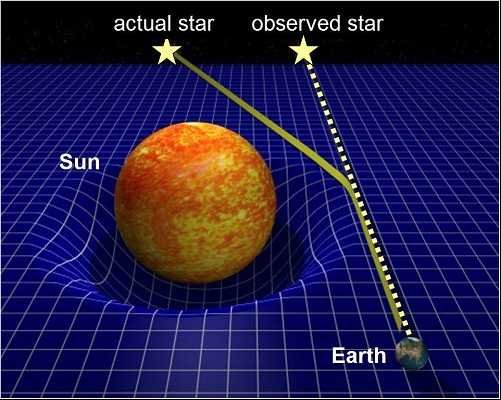
To keep it simple, think about how when you look at something below the surface of the water it is not where it appears to be because the water is bending light, also known as refraction.
So if light can be bent, a truly massive enough object could curve it into an orbit. The only thing that could do it is a black hole. Light entering the gravitational field of a black hole at just the right angle will be bent and orbit it for all time. If it approaches at a different angle it will either fall into the black hole, or just bend around it.This area where light orbits a black hole is called the photon sphere, and it is 150% of the event horizon radius. Say a black hole is 3 solar masses (3x the mass of our sun), that means the black hole would be 9km across – so light would be orbiting it at a distance of 13.5km.
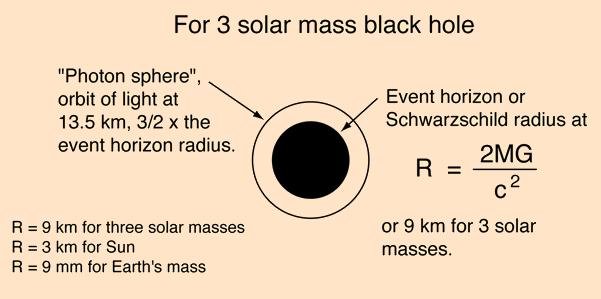
Since light is the fastest thing in the universe, this is the last place anything can orbit. Anything not light in the photon sphere will fall into the hole.
Looking down you would see only blackness, in front and behind you would be infinite light, and above would be the the stars distorted and with duplicate images of the same thing, like a funhouse mirror. You would see stars behind the black hole, as they wrap around its gravity.
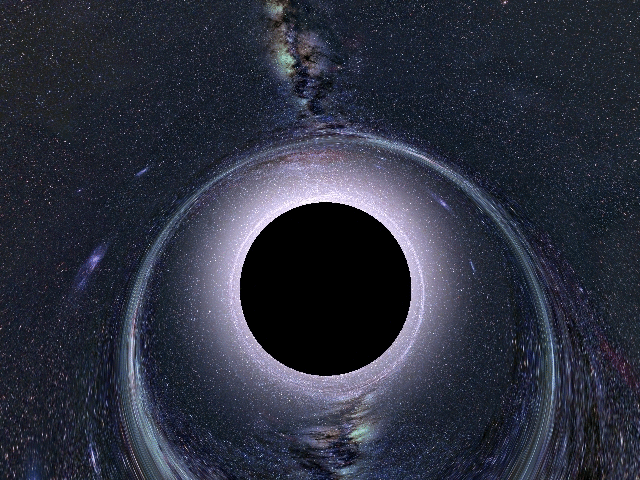
Since light can be bent, at a very precise angle, light hitting a black hole will head directly back to the source it came from. We only see because of light being reflected off various things, and it captures an image of how that thing was at the time light bounced off it. It is like a messenger of history. Theoretically, light bounced off the top of a dinosaurs head, traveled 40 million years to be bent at the exact angle to be sent directly back to Earth and 40 million years after being bent by the black hole, hit your eyes. So, it stands to reason that with an ridiculously powerful enough telescope we could use this light to look back into history. It would be like time traveling without being there.
Amazing.
Sources:
- Can Light Orbit A Black Hole?
- Can a black hole bend light rays?
- Black Hole Description
- Photon sphere
- Gravitational lens
- Journey into and through a Reissner-Nordström black hole
My moment of honesty:
- My interests vary but I strive for quality work, check my blog for proof.
- I will not fill up your feed with crap, I have only resteemed once.
- I will also reply to all your comments if they warrant any reply.
- These things I promise to you. So follow me, or don't. I want you to do what you want to.
@getonthetrain
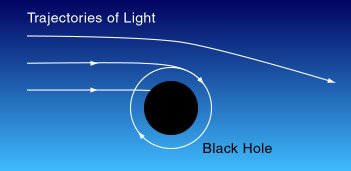
Theoretically (!) it could be able to have light from earth being bend by a few black holes to be send back to earth where a (absurdly) strong telescope could then look on earth a few million years ago.
So true, I wish I had thought to add this in at the end of the post as it would have made a great 'mind blown' ending. If you don't mind :)
I understand the concept, but is the term orbit proper here? Isn't the light simply bending in a way that looks like an orbit? Thanks for the great article!
The term used is orbit when the path it travels along its photon sphere is being mentioned.
👍
Definitely followed, this is beautiful.
Awesome! Thanks :D
this is really cool stuff. thanks
Wow, @getonthetrain, no stopping the master!
Crazy article. Just goes to show when science and technology eventually catch up with the unlimited potential of what's available to discover on our planet, what the possibilities could there actually be. The mind boggles!
Amazing stuff, bro!
The universe will never cease to amaze my friend :D
Black holes are some weird objects.
Once you start trying to do the math of black holes it gets quite crazy
I will probably leave that up to others like Hawking! Haha!
The post is awesome.
Thanks so much Gibs! :D
I never thought of orbiting light.
It makes perfect sense.
In fact that might BE the Schwartschild discontinuity.
I am happy when a post brings knowledge to another!
Resteemed!
Crazy to think of the implications.
If the light is locked in orbit, how can it be observed?
I imagine the "quantity" of light orbiting the black hole continues to increase, right? So the intensity in this photo sphere grows astronomically over time?
The light is indeed trapped and more light just adds to it. To infinity and beyond.
Black holes are invisible but their locations are inferred by observing how they affect other matter and light.